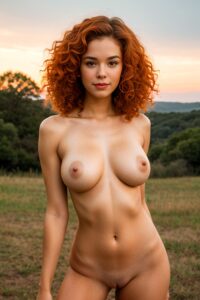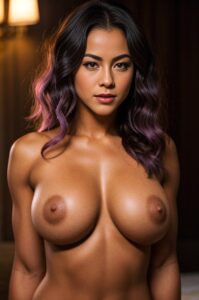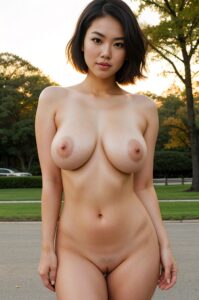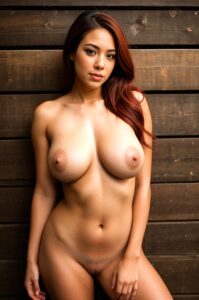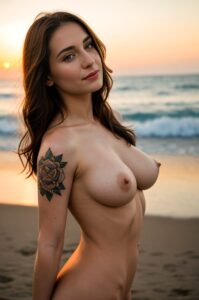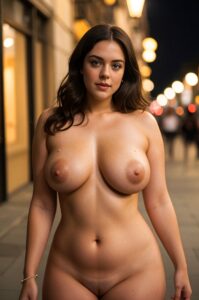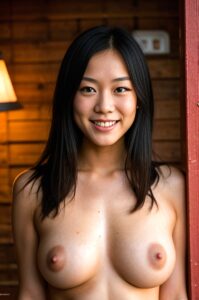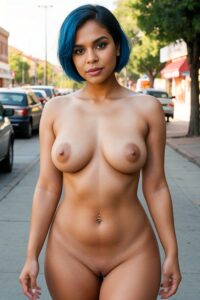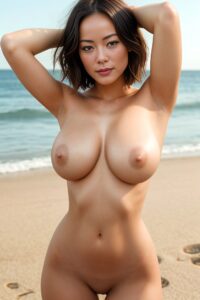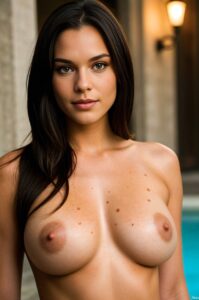
-
Article title
- How Social Media Has Impacted Our Perception of Ideal Breast Size
- Examining the Role of Advertising in Shaping Our Perception of Ideal Breast Size
- Exploring the Impact of Celebrities on Our Perception of Ideal Breast Size
- Analyzing the Influence of Media on Our Perception of Ideal Breast Size in Different Cultures
- Q&A
The media has a powerful influence on our perception of ideal breast size. From the images we see in magazines, movies, and television, to the conversations we have with our peers, the media has a significant impact on how we view the ideal breast size. This influence can be seen in the way we dress, the way we talk about our bodies, and even the way we perceive ourselves. The media has the power to shape our perception of ideal breast size, and it is important to be aware of this influence in order to make informed decisions about our own body image.
How Social Media Has Impacted Our Perception of Ideal Breast Size
When it comes to body image, social media has had a huge impact on how we perceive the ideal breast size. From Instagram models to celebrities, it seems like everywhere we look, we’re bombarded with images of women with large, voluptuous breasts.
This has led to a lot of pressure for women to conform to a certain standard of beauty. We’re constantly being told that bigger is better, and that having a larger bust size is the only way to be attractive.
But the truth is, there’s no one-size-fits-all when it comes to breast size. Every woman is unique and beautiful in her own way, regardless of her breast size.
The good news is that more and more people are starting to recognize this. We’re seeing a shift in the way that social media portrays women’s bodies, with more diversity in body types and breast sizes being represented.
We’re also seeing a rise in body positivity, with more people embracing their bodies and celebrating their unique features. This is a great step forward in helping to create a more inclusive and accepting society.
At the end of the day, it’s important to remember that there’s no one “ideal” breast size. Every woman is beautiful in her own way, and we should all be celebrating our unique features. So let’s keep pushing for more diversity and body positivity on social media, and let’s keep embracing our own unique beauty!
Examining the Role of Advertising in Shaping Our Perception of Ideal Breast Size
When it comes to body image, breasts are often a major focus. From the media to advertising, we’re constantly bombarded with images of what’s considered the “ideal” breast size. But have you ever stopped to think about how these images shape our perception of what’s considered attractive?
Advertising plays a huge role in how we view our bodies, and breasts are no exception. From lingerie ads to plastic surgery commercials, we’re constantly being presented with images of what’s considered the “ideal” breast size. But what’s interesting is that these images often don’t reflect the reality of what most women actually look like.
For example, many lingerie ads feature models with large, perky breasts that are often heavily photoshopped. This can lead to unrealistic expectations of what’s considered attractive and can make women feel like they need to conform to a certain standard in order to be considered attractive.
It’s important to remember that there is no one “ideal” breast size. Every woman is unique and beautiful in her own way, and there is no one size that is considered more attractive than another.
The key is to focus on loving and accepting your body for what it is. Don’t let advertising dictate what you should look like. Instead, focus on embracing your body and celebrating its uniqueness.
Exploring the Impact of Celebrities on Our Perception of Ideal Breast Size
We’ve all seen them: the perfect, voluptuous breasts of celebrities like Kim Kardashian, Beyoncé, and Jennifer Lopez. It’s no secret that these women have become the epitome of beauty and sex appeal, and their influence on our perception of the ideal breast size is undeniable.
But what exactly is the impact of these celebrities on our perception of the perfect breast size? To answer this question, we need to look at the history of beauty standards and how they’ve evolved over time.
In the past, the ideal breast size was much smaller than it is today. In the 1950s, for example, the average bra size was a 34B, while today it’s a 36C. This shift in size is largely due to the influence of celebrities and their larger-than-life figures.
The media has also played a role in shaping our perception of the ideal breast size. Magazines, television shows, and movies often feature women with larger breasts, which can lead to unrealistic expectations. This can be especially damaging for young women who are just beginning to develop their own body image.
It’s important to remember that everyone’s body is different and that there is no one-size-fits-all definition of beauty. While celebrities may have an influence on our perception of the ideal breast size, it’s important to remember that beauty comes in all shapes and sizes.
At the end of the day, it’s important to love and accept your body for what it is. Don’t let the unrealistic standards of celebrities dictate how you feel about yourself. Embrace your unique beauty and be proud of who you are!
Analyzing the Influence of Media on Our Perception of Ideal Breast Size in Different Cultures
We live in a world where media has a huge influence on our perception of beauty. From the clothes we wear to the body shape we strive for, media has a huge impact on how we view ourselves and others. But what about breast size? How does media shape our perception of the ideal breast size in different cultures?
In the Western world, the media has long perpetuated the idea that bigger is better when it comes to breasts. From the voluptuous figures of Marilyn Monroe and Jayne Mansfield to the surgically enhanced curves of Kim Kardashian and Nicki Minaj, the media has consistently presented larger breasts as the ideal. This has led to a culture where women feel pressure to have larger breasts, often resorting to surgery or other extreme measures to achieve the “perfect” look.
In other cultures, however, the ideal breast size is often much smaller. In East Asian countries, for example, the ideal breast size is often much smaller than in the West. This is due to the fact that smaller breasts are seen as more feminine and delicate, while larger breasts are seen as more masculine and aggressive. This is reflected in the media, where smaller breasts are often presented as the ideal.
It’s clear that media has a huge influence on our perception of ideal breast size in different cultures. In the West, larger breasts are often presented as the ideal, while in other cultures, smaller breasts are often seen as more desirable. This can lead to a lot of pressure for women to conform to certain standards of beauty, regardless of their own personal preferences.
Ultimately, it’s important to remember that beauty comes in all shapes and sizes. No matter what the media tells us, it’s important to embrace our own unique beauty and not feel pressured to conform to any one ideal.
Q&A
Q1: How does media influence our perception of ideal breast size?
A1: Media has a powerful influence on our perception of ideal breast size. Through images, videos, and other forms of media, we are exposed to a certain standard of beauty that is often unrealistic and unattainable. This can lead to feelings of inadequacy and body dissatisfaction, particularly among women.
Q2: What are some of the negative effects of media’s influence on our perception of ideal breast size?
A2: Some of the negative effects of media’s influence on our perception of ideal breast size include body dissatisfaction, low self-esteem, and feelings of inadequacy. Additionally, it can lead to unhealthy behaviors such as extreme dieting, excessive exercise, and even plastic surgery in an attempt to achieve the “ideal” body type.
Q3: What can be done to reduce the influence of media on our perception of ideal breast size?
A3: One way to reduce the influence of media on our perception of ideal breast size is to be mindful of the images and messages we are exposed to. We can also seek out more realistic and diverse representations of beauty in the media. Additionally, it is important to practice self-love and body acceptance, and to focus on our own individual strengths and qualities.
Q4: What are some positive effects of media’s influence on our perception of ideal breast size?
A4: While media can have a negative influence on our perception of ideal breast size, it can also have positive effects. For example, it can help to normalize different body types and promote body positivity. Additionally, it can help to raise awareness of the importance of self-love and body acceptance.The influence of media on shaping our perception of ideal breast size is undeniable. Media has created an unrealistic standard of beauty that is often unattainable for many women. This has led to a rise in body dissatisfaction and a decrease in self-esteem. It is important to recognize that beauty comes in all shapes and sizes and that there is no one-size-fits-all definition of what is considered attractive. We should strive to create a more inclusive and diverse representation of beauty in the media, so that all women can feel confident and empowered in their own skin.
